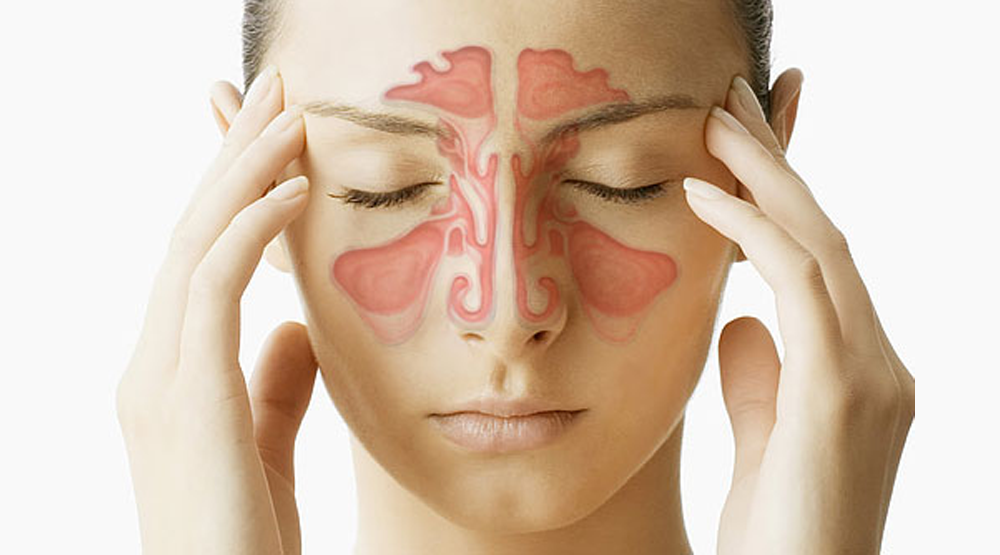
A throbbing toothache can make you feel miserable all over, especially if it’s caused by a sinus infection. Typically, your top rear teeth will feel the most pain since they’re close to your sinuses. Fortunately, you’ll get relief as soon as you relieve sinus pressure. Draining the mucus removes the pressure on your upper teeth’s roots. You can take medications to manage the toothache pain while your sinuses drain. If your sinuses haven’t drained after a week or your toothache gets worse, contact your doctor or dentist. They can prescribe stronger medication or give you faster-working pain relief.
Things You Should Know
Your sinuses rest right above your upper gum line, and if your sinuses become inflamed or irritated, they can put pressure on the nerves inside your upper gums and cause tooth pain.
You can typically tell you have sinus-related tooth pain if you feel congested and your upper molars generally feel sore (as opposed to a single tooth irritating you).
Treat sinus-related tooth pain the same way you’d treat regular tooth pain; use a cold compress to sooth pain directly, try a saltwater gargle to keep your mouth comfortable, and use a benzocaine numbing gel to keep your gum pain in check.
If you don’t treat your sinus issues, your tooth pain probably isn’t going to go away.
If your sinuses don’t clear up in a few days or so, visit a doctor to get a diagnosis—they may be able to prescribe you something specific to your condition that will clear out the congestion.
Getting Quick Pain Relief
Take over-the-counter (OTC) pain reliever. One of the fastest ways to relieve toothache pain is to take ibuprofen, acetaminophen, or aspirin. Keep in mind that ibuprofen and aspirin also reduce inflammation, which could relieve sinus pressure that’s making your teeth ache.
Follow the manufacturer’s dosing instructions and don’t take more pain reliever than is recommended in a 24-hour period.
Apply a topical benzocaine gel to numb around your aching teeth. Buy an OTC numbing gel and squirt a pea-sized amount onto your clean fingertip. Rub the gel around the base of your teeth near the gum line so you get instant pain relief. You can use most topical gels up to 4 times a day, but remember to read the manufacturer’s directions.
If you don’t want to use your fingertip, squeeze the gel onto the end of a cotton swab.
Alternate hot and cold therapy 2 to 6 times a day to ease the pressure. If you feel a dull, thudding ache in your teeth caused by inflammation, press a small hot compress against the outside of your cheeks near your sinuses. Hold it there for 3 minutes. Then, switch to a cold compress and press it against your sinuses for 30 seconds. Continue to alternate the hot compress with the cold compress 2 more times.
You can do the hot and cold therapy up to 6 times a day to soothe your sinuses.
To make a hot compress, fill a clean sock with dry rice and seal the end shut. Microwave it for 1 minute or until it feels hot. To make a cold compress, wrap a bag of ice or frozen food in a kitchen towel.
Gargle a saltwater rinse 2 to 3 times a day to temporarily relieve the pain. Mix 1 teaspoon (5.5 g) of salt into 1 cup (240 ml) of warm water until the salt dissolves. Then, take a large sip of water and swish it around your mouth for 30 seconds. Spit it out and repeat this a few times a day whenever you feel tooth pain.
Avoid drinking the saltwater solution since this could give you an upset stomach.
Put clove oil onto a cotton ball and place it against your aching teeth. For a natural anesthetic, put 2 drops of clove oil on a clean cotton ball and press it against the aching teeth. Keep in there until you don’t feel pain. Then, remove the cotton ball.
You can buy clove oil from most natural markets, health food stores, or online.
Tip: Don’t pour clove oil directly onto your aching teeth because you could accidentally ingest too much oil.














Leave a Reply